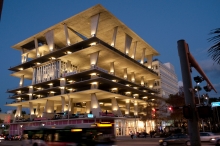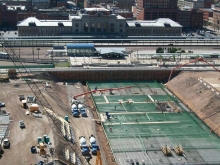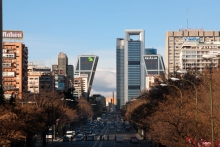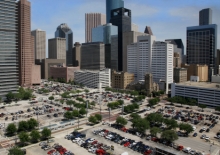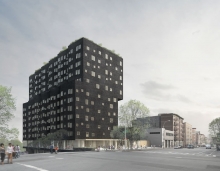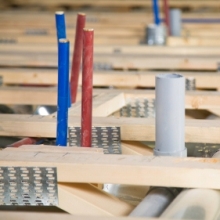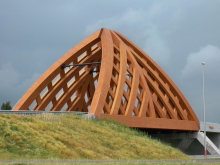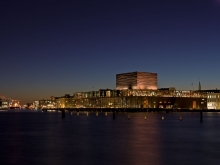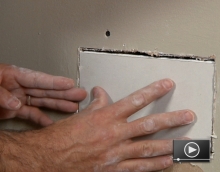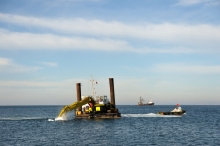Urban Redevelopment: 1111 Lincoln Road
Not long ago, 1100 Lincoln Road was just another city block in Florida, with all the trappings one would expect: heavy traffic, wide medians, and lots of palm trees. Developer Robert Wennett saw that it had potential -- especially considering its history as Miami’s one-time commercial center (its revitalization occurred in the 1990s) and its link to the city’s most well-known architect, Morris Lapidus. The site is at the western end of Lincoln Road’s eight-block promenade, which runs perpendicular to the waterfront. Known as 1111 Lincoln Road, the main part of the urban redevelopment consists of a plaza flanked by three major buildings.
